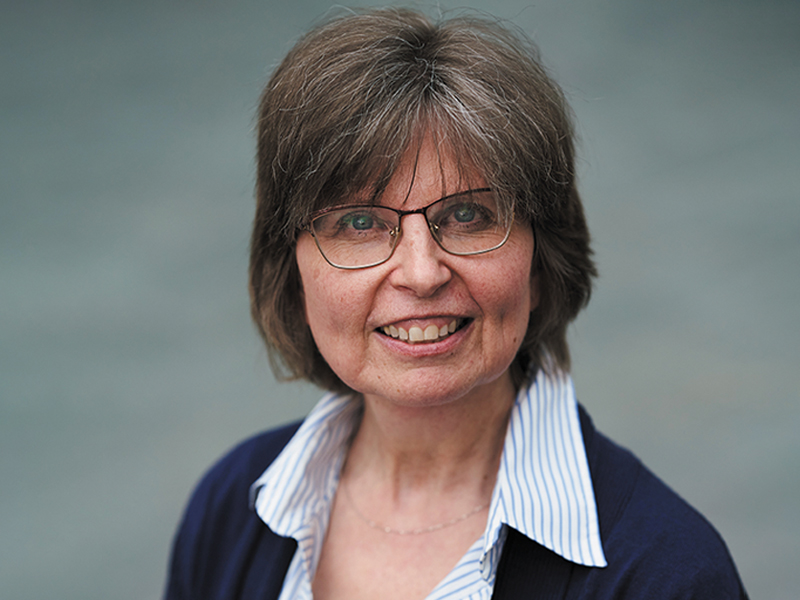

Providing tools to help defined contribution pension plan members make solid financial decisions rather than making the decisions for them was the impetus for Canadian Forest Products Inc.’s multi-year financial wellness program, according to Lisa Weber, the company’s pension and benefits advisor, during a session at Benefits Canada‘s 2022 DC Plan Summit.
Since Canfor closed its defined benefit pension plan 16 years ago, 85 per cent of salaried employees are enrolled in the DC plan, while seven per cent of hourly employees who are non-unionized are also in the plan and the remaining hourly employees are in union DB plans based on years of service.
For DC plan members, the company contributes five per cent of pensionable earnings and employees can choose to put in one, two or three per cent in optional contributions, which the employer matches up to two per cent. Employees can also make voluntary contributions.
Read: Canfor wins award for educating employees on retirement savings
While 93 per cent of plan members were maximizing employer contributions, only about 10 per cent were making voluntary contributions. This led to Canfor’s financial wellness program, which is focused on more than just retirement, said Weber. Although the program was primarily a DC initiative, it had to be of interest to DB plan members as well.
In designing the program’s curriculum, Canfor aimed for each of the three years to have a different theme. The first, launched in September 2020, started with financial basics, including managing debt, savings goals, retirement planning and how to deal with different life events.
Canfor was also aiming to create a brand that would be easily recognized, so it chose to focus on personas. “We hoped the personas would allow individuals to connect and identify with characters that were most like them,” said Weber, noting communications were rolled out using emails, articles, webinars, financial planning tools, the company intranet and posters.
In the first year, Canfor saw a 10 per cent increase in DC plan contributions and an 18 per cent increase in contributions to the RRSP. As well, 12 per cent of plan members participated in the webinars — which were held during working hours — and 100 per cent of its financial wellness emails were opened, while 15 per cent took action from the emails right away.
Read: Majority of North American employees seeking financial wellness benefits, flexible work: survey
“We found the financial planning tool was used primarily by employees aged 55 or [younger] with good uptake across the younger age mass,” said Weber.
In terms of takeaways, Weber suggested employers blend financial wellness programs with other workplace programs and align it with a brand. “Because we created a Canfor-specific brand, the program reinforced our other value-based initiatives on inclusion and health and mental well-being. And this allowed the program to be an asset for our senior leaders who could promote and showcase the people brand using our financial wellness program.”
The program is currently midway through its third year and the organization is planning to take an in-depth look at investments in its fourth year, she said, noting it will also aim to roll the program out to its hourly employees.
“We feel it has achieved what it set out to do — empowered our employees to make the best decisions for them personally and the dynamic structure of the program means it will be able to support them in the years to come.”
